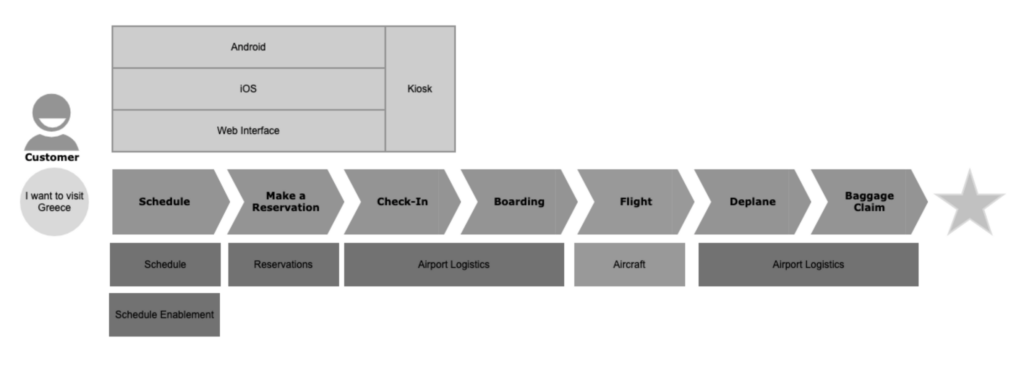In today’s fast-paced and highly competitive business environment, teams increasingly emphasize efficiency, productivity, and customer satisfaction. “Work smarter, not harder” is a popular catchphrase, as the old approach of working long hours with excessive planning is no longer practical in 2023.
With consumers expecting nothing less than prompt responses and instant gratification, businesses cannot afford to waste time and resources on elaborate strategies that may or may not become irrelevant once executed. Thus, companies increasingly turn to the Lean-Agile methodology as a solution.
 By integrating Lean principles of reducing waste and maximizing value with enterprise agility, companies can:
By integrating Lean principles of reducing waste and maximizing value with enterprise agility, companies can:
- Establish a streamlined, efficient, and adaptable workflow
- Cut costs
- Quickly respond to evolving customer needs and market trends
- Deliver continuous and incremental improvements to products and services
- Improve customer engagement and communication
- Promote a culture of collaboration and problem-solving
- Provide customers with the highest quality products and services in the shortest possible time
This article explains the Lean-Agile methodology in-depth, including practical examples of how various industries can leverage it.
What is the Lean-Agile Methodology?
The Lean-Agile methodology combines two crucial business mindsets to prioritize speed, flexibility, collaboration, project management, and product development. It merges Lean principles, rooted in manufacturing—minimizing waste, and maximizing value—with Agile practices rooted in software—delivering value quickly, adapting to change, and welcoming customer feedback.
Lean-Agile principles holistically complement each other and improve operations and outcomes. They enable organizations to achieve better results while using less time and resources. They foster cross-functional collaboration and teamwork to leverage employees’ skills and expertise. The concepts encourage continuous learning, experimentation, waste elimination, streamlined processes, improved product quality, and higher customer satisfaction.
What Industries Can Leverage the Lean-Agile Methodology?
The Lean-Agile methodology is not limited to any industry or sector, but the following four industries have seen notable success leveraging the Lean-Agile process.
Software Development
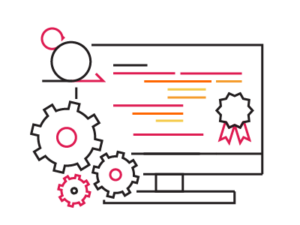 In 2001, 17 disgruntled software developers created the Agile Manifesto as a framework to improve their industry. Today, their manifesto remains a blueprint for the Agile practices integral to the Lean-Agile method.
In 2001, 17 disgruntled software developers created the Agile Manifesto as a framework to improve their industry. Today, their manifesto remains a blueprint for the Agile practices integral to the Lean-Agile method.
Spotify exemplifies a software development company implementing Agile practices in the Lean-Agile methodology. The company employs small, cross-functional teams that work autonomously to develop and deliver new features to users swiftly. These teams oversee work based on their specific areas of expertise and use user feedback to respond promptly to changing requirements while continuously improving the product.
Manufacturing
The manufacturing industry was the first to implement Lean principles to make project management and product development more cost-effective by eliminating waste, optimizing processes, improving productivity, and maximizing value.
Toyota pioneered Lean manufacturing approaches to where its focus on waste reduction, increased efficiency, productivity, and continuous improvements positioned it as the world’s most valuable automotive brand.
Healthcare
The Lean-Agile methodology can help the healthcare industry improve patient outcomes, reduce costs, and better use communication and feedback.
Boston’s Brigham and Women’s Hospital is a great example of a healthcare provider that successfully applied the Lean-Agile methodology. Since adopting a Lean-Agile framework, the hospital redesigned annual wellness visits, with cross-functional teams collaborating based on skills and insights. Moreover, the hospital iterated and received feedback from clinicians and patients to streamline the care delivery process. They could rapidly change course when needed.
Finance
 The Lean-Agile methodology can help finance teams streamline operations and increase efficiency by implementing continuous improvement, collaboration, agile budgeting, value stream mapping, and data-driven decision-making.
The Lean-Agile methodology can help finance teams streamline operations and increase efficiency by implementing continuous improvement, collaboration, agile budgeting, value stream mapping, and data-driven decision-making.
ING, a 300-year-old multinational bank, adopted Lean-Agile and became Germany’s first agile bank in 2015. ING pioneered a transformation model named “PACE” that aims to:
- Streamline project management and software development processes
- Support quicker launches of new products and services
- Connect design thinking, lean startup, and agile methods with the needs of the ING-adapted process
PACE also forces ING to validate its innovations with customers to ensure that resources are allocated to improve their lives.
The Key Takeaway
Adopting a Lean-Agile framework is not an overnight process. It requires a significant cultural shift. Business leaders must prioritize continuous improvement, collaboration, and transparency to succeed. To do this, organizations must gain a deep understanding of their workflows, processes, and goals.
However, while time-consuming, the result is often worth the effort. By prioritizing these values and building upon the methodology’s principles, organizations can drive innovation and agility and efficiently improve product outcomes, regardless of their industry.
To dive deeper into organizational change using Lean-Agile principles, read our white paper, Using Lean-Agile Principles to Execute Organizational Transformation.




 There are several relatively minor changes to terminology and organization, as well as a few significant changes that could impact how companies approach using SAFe, and how SAFe partners, trainers, and consultants (including our own large team of SAFe experts) handle training and coaching these organizations.
There are several relatively minor changes to terminology and organization, as well as a few significant changes that could impact how companies approach using SAFe, and how SAFe partners, trainers, and consultants (including our own large team of SAFe experts) handle training and coaching these organizations. The roles and responsibilities outlined in SAFe are a vital piece of the overall framework, and many Agile practitioners have made a career out of building expertise in these areas. With 6.0, many of these responsibilities have been clarified, which should make their jobs even easier and more effective. While there are adjustments to nearly all the roles and concepts so they align with the updated framework, here are the changes we consider most significant:
The roles and responsibilities outlined in SAFe are a vital piece of the overall framework, and many Agile practitioners have made a career out of building expertise in these areas. With 6.0, many of these responsibilities have been clarified, which should make their jobs even easier and more effective. While there are adjustments to nearly all the roles and concepts so they align with the updated framework, here are the changes we consider most significant: We have long held that agility should guide workflows across the entire organization, not just in IT. SAFe 6.0 enablement content now includes a much more robust knowledge base around just how to make that happen. For example,
We have long held that agility should guide workflows across the entire organization, not just in IT. SAFe 6.0 enablement content now includes a much more robust knowledge base around just how to make that happen. For example, Suppose your Executive Action Team (EAT) wants to
Suppose your Executive Action Team (EAT) wants to 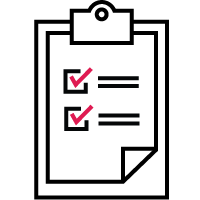 The Epic Hypothesis Statement expands on the raw concept presented during the funneling phase of the Portfolio Kanban system. Initially, the idea comprised a single concept, such as “adding self-service tools to the customer’s loan management portal.”
The Epic Hypothesis Statement expands on the raw concept presented during the funneling phase of the Portfolio Kanban system. Initially, the idea comprised a single concept, such as “adding self-service tools to the customer’s loan management portal.” At the end of the day, your Epic Hypothesis Statement is a sales pitch. Treat it like one by closing it out with a brief but engaging recap. Revisit the potential benefits of your initiative and outline why you believe it will support the organization’s short- and long-term goals.
At the end of the day, your Epic Hypothesis Statement is a sales pitch. Treat it like one by closing it out with a brief but engaging recap. Revisit the potential benefits of your initiative and outline why you believe it will support the organization’s short- and long-term goals.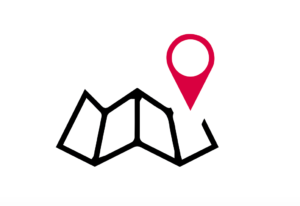 We encourage SAFe teams to
We encourage SAFe teams to  Here are a few recommendations for your consideration:
Here are a few recommendations for your consideration: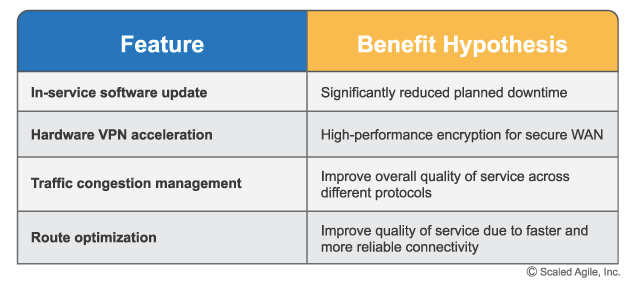
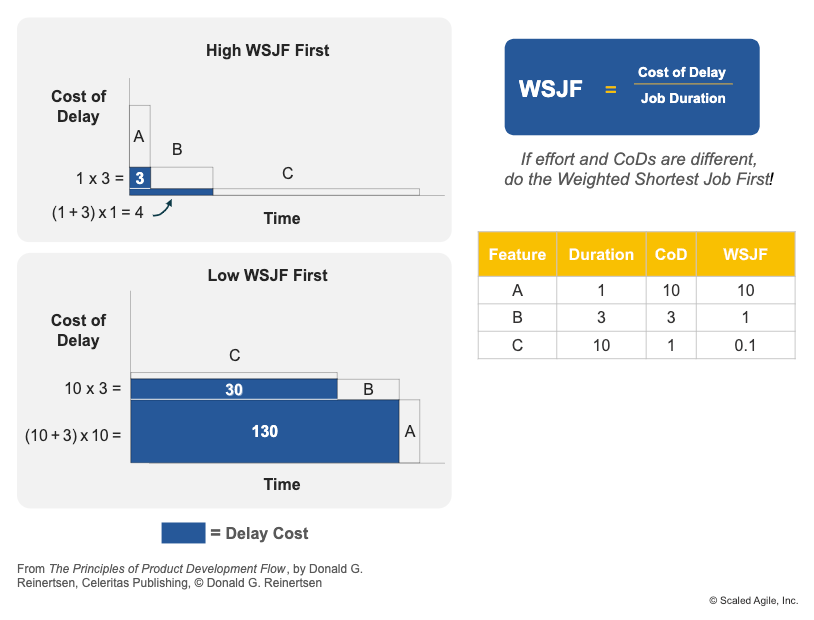
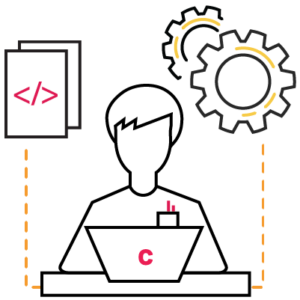 One thing I have observed is that many teams are very ambitious when it comes to DevOps and want to “do it all” when it comes to
One thing I have observed is that many teams are very ambitious when it comes to DevOps and want to “do it all” when it comes to  Think about what your customers really care about. Do they care about how many Story Points your teams delivered in the previous sprint? Does that really make a difference to them? Or, perhaps they care more about the Mean Time To Repair which helps them understand your team’s ability to address unforeseen problems? If you are not able to clearly communicate what your customer wants you to measure, it is absolutely critical for you to have a conversation with them so that you are measuring the right things. Keep in mind that how you measure your team will influence how they behave as well as the decisions they make, so measuring the wrong things will likely cause unanticipated problems.
Think about what your customers really care about. Do they care about how many Story Points your teams delivered in the previous sprint? Does that really make a difference to them? Or, perhaps they care more about the Mean Time To Repair which helps them understand your team’s ability to address unforeseen problems? If you are not able to clearly communicate what your customer wants you to measure, it is absolutely critical for you to have a conversation with them so that you are measuring the right things. Keep in mind that how you measure your team will influence how they behave as well as the decisions they make, so measuring the wrong things will likely cause unanticipated problems.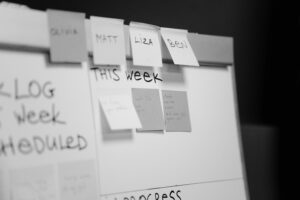 Scrum was created to help organizations and teams to solve complex problems
Scrum was created to help organizations and teams to solve complex problems



